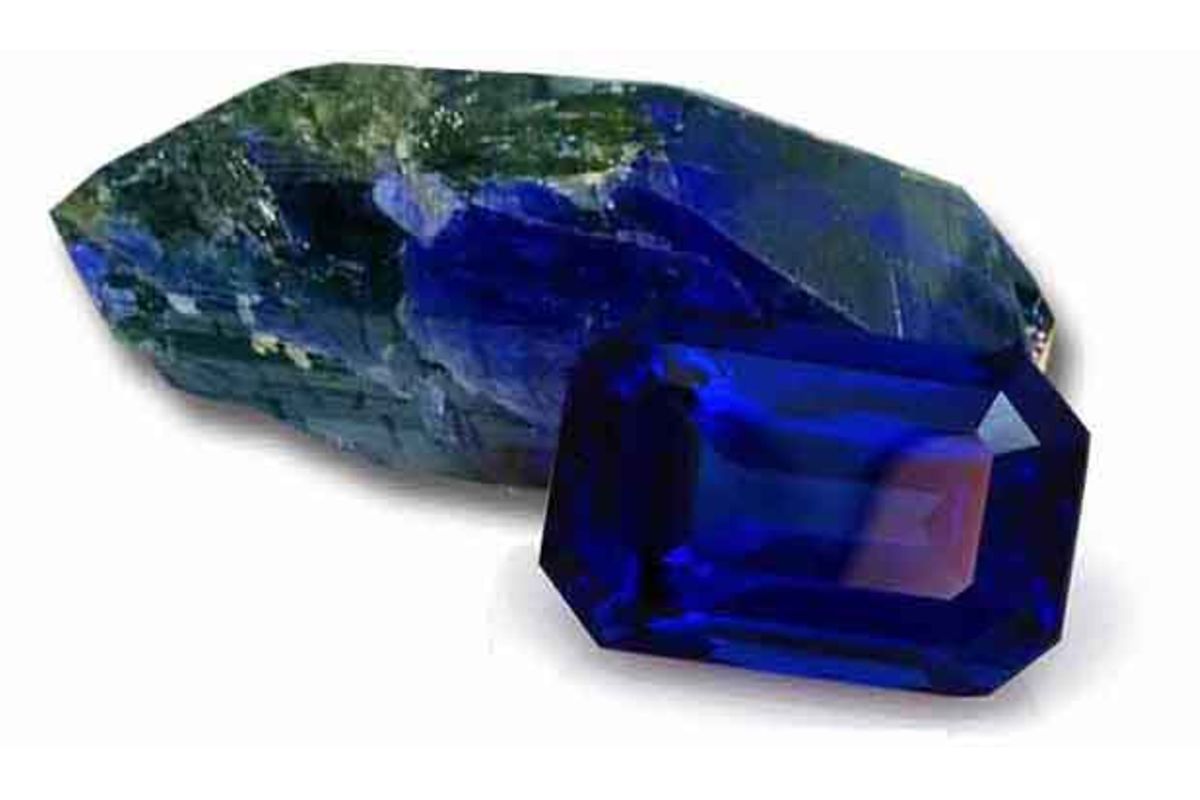Dar es Salaam. Tanzania is intensifying efforts to restore its rightful position as the global epicentre of the Tanzanite trade, following years of value leakage and dominance by foreign markets—particularly India.
Speaking during a recent briefing, Minister of Minerals Anthony Mavunde highlighted key milestones achieved over the past four years, including the resumption of international auctions for Tanzanite, the rare blue-violet gemstone found only in the Mirerani Hills in the Manyara Region.
“We held the first Tanzanite auction in December 2024 after a seven-year hiatus. This marked a significant step in ensuring that more value from our gemstones remains within the country,” Minister Mavunde said.
The revival of auctions in Mirerani—the sole source of Tanzanite globally—is aimed at curbing mineral smuggling, promoting transparent pricing, and empowering local miners, traders, and jewellery makers. The auctions allow both domestic and international buyers to access Tanzanite directly from Tanzania, rather than through third-party markets.
“This is about giving our local stakeholders a fair shot at global exposure while ensuring that the international market recognises the stone’s origin,” said Mavunde.
In a bid to strengthen ownership and elevate global recognition, the government is also pursuing legal reforms to rebrand Tanzanite, anchoring its identity firmly to Tanzania.
Officials say the legal framework will promote authenticity, traceability, and origin-based branding, making it harder for foreign markets to repackage Tanzanian gems as their own exports.
Complementing these reforms is the newly launched Tanzanite Exchange Centre, a flagship initiative designed to serve as both a transparent trading platform and a marketing showroom for Tanzania’s gemstone sector.
Located in the heart of the Tanzanite-producing region, the centre showcases polished and rough stones, offers certification services, and provides a secure space for international buyers to engage directly with licensed Tanzanian sellers.
Industry players have lauded the exchange centre as a game-changer, positioning it as a strategic tool for eliminating middlemen and boosting domestic beneficiation.
Despite these gains, Tanzania still lags in global Tanzanite trade volumes. According to Bank of Tanzania (BoT) data, Tanzanite exports reached $19.2 million (approximately Sh50 billion) in 2024. In contrast, India, a major hub for gemstone cutting and resale, reportedly exported $80 million (about Sh208 billion) worth of Tanzanite in the same year—four times more than Tanzania.
The disparity underscores the urgency of Tanzania’s strategy to reclaim control over the Tanzanite value chain, which has historically benefited foreign economies more than local communities.
By strengthening local systems, formalising trade, and asserting branding rights, Tanzania aims to transition from a mere source of raw gemstones to a competitive global player in luxury gem markets.
With continued policy support, local capacity building, and global marketing efforts, Tanzania hopes to not only reclaim its dominance in the Tanzanite trade but also set an example for resource-rich countries seeking to control their own mineral wealth.
Crédito: Link de origem



